Antonym:うえ vs. した
What is the difference between “うえ(ue) and した(shita)”? Which is used as the meaning of “below”? After reading this, you would be answering this question. Let me introduce what their subtle differences are and how you correctly use them such as native speakers today!
うえ (ue)
Above, Up, On, etc / 上 / 위 / Trên
“うえ(ue)” means “Above, Up, On etc” and which has been used as the meaning of “If one thing is above another one, it is directly over it or higher than it.”. The basic ways to use it are that “___はAのうえだ。(___ is on the ___.)”, etc. For instance, “りんごは机のうえだ。(An apple is on the desk.)”, “ねこ車のうえだ。(A cat on the car.)”, “本はベッドのうえだ。(A book is on the bed.)”, etc. Everyone could use “うえ” as casual, polite and formal such as “ねこ車のうえだよ。(A cat is on the car.)” as casual and “ねこ車のうえです。(A cat on the car.)” as polite and formal. Kanji of “うえ” is “上“.
\ Learn Japanese language online with a personal native teacher!/
Sample
写真の上の方に写ってる犬見える? (Do you see the dog at the top of the photo?) (你能看到照片上半部分的狗吗?) (사진의 윗부분에 찍힌 개 보여?) (Bạn có nhìn thấy con chó được chụp ở phía trên của bức hình không?)
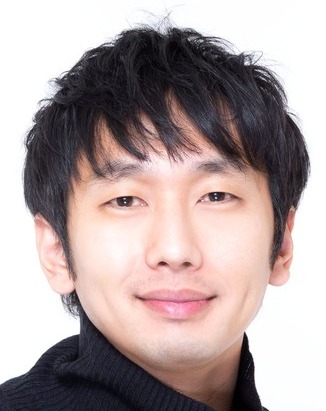

上から4行目の意味が分かりません。 (I don’t get the meaning of the sentence in the fourth line from the top.) (我不明白从上面往下数第四行的意思。) (위에서 네 번째 줄의 의미를 모르겠습니다.) (Tôi không hiểu ý nghĩa của dòng thứ tư tính từ trên xuống.)
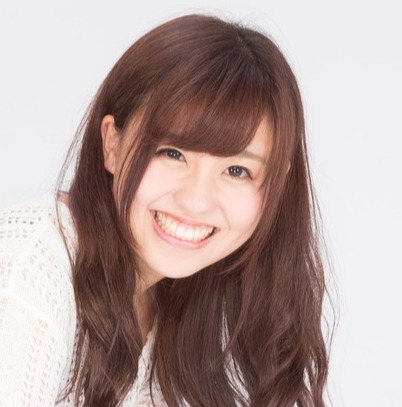

トイレは上の階にございます。 (The bathroom is upstairs.) (厕所位于楼上。) (화장실은 위층에 있습니다. ) (Nhà vệ sinh ở tầng trên.)


冷蔵庫の上に置いといてね。 (Put them on top of the fridge.) (我把它放在冰箱上。) (냉장고 위에 놔둬.) (Hãy đặt ở trên tủ lạnh nhé.)
した (shita)
Under / Down / Bottom/ Below etc
“した(shita)” means “Under, Down, Bottom, Below etc” and which has been used as the meaning of “a low part of something”. The basic ways to use it are that “___はAのしただ。(___ is under the ___.)”, etc. For instance, “りんごは机しただ。(An apple is under the desk.)”, “ねこ車のしただ。(A cat under the car.)”, “本はベッドのしただ。(A book is under the bed.)”, etc. Everyone could use “した” as casual, polite and formal such as “ねこ車のしただよ。(A cat under the car.)” as casual and “ねこ車のしたです。(A cat is under the car.)” as polite and formal. Kanji of “した” is “下“.
Sample


写真の下の方に写ってる犬見える? (Do you see the dog at the bottom of the photo?) (你能看到照片下半部分的狗吗?) (사진의 아래쪽에 찍힌 개 보여?) (Có nhìn thấy con chó được chụp ở phía dưới trong bức hình không?)
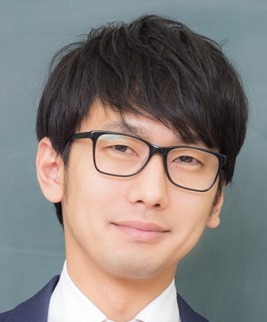

下の文章合ってますか? (Is the sentence below right?) (下面的句子正确吗?) (아래 문장 맞나요?) (Đoạn văn phía dưới có chính xác không?)
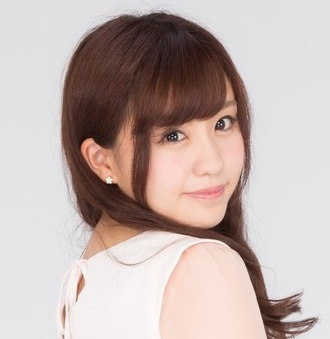

トイレは下の階にございます。 (The bathroom is downstairs.) (厕所位于楼下。) (화장실은 아래층에 있습니다.) (Nhà vệ sinh ở tầng dưới.)


下のボタンをクリックして。 (Click the button below.) (单击下面的按钮。) (아래 버튼을 클릭해.) (Hãy nhấn vào nút bên dưới.)
\ Learn more! /


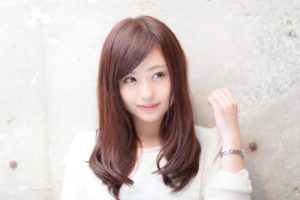





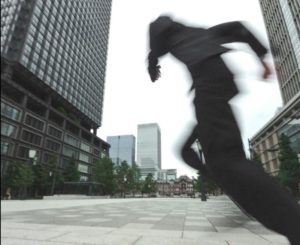
Comments